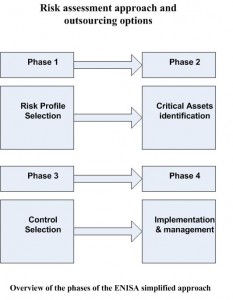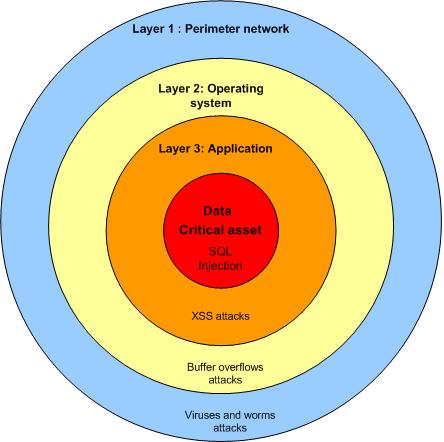Security 2020: Reduce Security Risks This Decade
Identify real security risks and skip the hype. After years of focusing on IT security, we find that hackers are as active and effective as ever. This book gives application developers, networking and security professionals, those that create standards, and CIOs a straightforward look at the reality of today’s IT security and a sobering forecast of what to expect in the next decade. It debunks the media hype and unnecessary concerns while focusing on the knowledge you need to combat and prioritize the actual risks of today and beyond.
IT security needs are constantly evolving; this guide examines what history has taught us and predicts future concerns
Points out the differences between artificial concerns and solutions and the very real threats to new technology, with startling real-world scenarios
Provides knowledge needed to cope with emerging dangers and offers opinions and input from more than 20 noteworthy CIOs and business executives
Gives you insight to not only what these industry experts believe, but also what over 20 of their peers believe and predict as well
With a foreword by security expert Bruce Schneier, Security 2020: Reduce Security Risks This Decade supplies a roadmap to real IT security for the coming decade and beyond.
Order this book for advice on how to reduce IT security risks on emerging threats to your business in coming years. Security 2020: Reduce Security Risks This Decade
From the Back Cover
Learn what’s real, what’s hype, and what you can do about it
For decades, security experts and their IT peers have battled the black hats. Yet the threats are as prolific as ever and more sophisticated. Compliance requirements are evolving rapidly and globalization is creating new technology pressures. Risk mitigation is paramount. What lies ahead?
Doug Howard and Kevin Prince draw upon their vast experience of providing security services to many Fortune-ranked companies, as well as small and medium businesses. Along with their panel of security expert contributors, they offer real-world experience that provides a perspective on security past, present, and future. Some risk scenarios may surprise you. Some may embody fears you have already considered. But all will help you make tomorrow’s IT world a little more secure than today’s.
Over 50 industry experts weigh in with their thoughts
Review the history of security breaches
Explore likely future threats, including social networking concerns and doppelganger attacks
Understand the threat to Unified Communication and Collaboration (UCC) technologies
Consider the impact of an attack on the global financial system
Look at the expected evolution of intrusion detection systems, network access control, and related safeguards
Learn to combat the risks inherent in mobile devices and cloud computing
Study 11 chilling and highly possible scenarios that might happen in the future
Related articles
- Emerging Technology for eCommerce (thinkup.waldenu.edu)
- Bruce Schneier Writes Down Passwords. So Can You (blogs.wsj.com)
- Bank Security Guru Bruce Schneier to Speak at CELAES Summit in September 2010 in Miami (eon.businesswire.com)
- Bruce Schneier: We need ‘cyberwar hotlines’ to match nuclear hotlines (computerworlduk.com)









![Reblog this post [with Zemanta]](https://img.zemanta.com/reblog_e.png?x-id=0216a272-b6d6-471e-8232-9c849b4c867c)


![Reblog this post [with Zemanta]](https://img.zemanta.com/reblog_e.png?x-id=f4c7607a-8a48-4ed1-bba2-9bb41450aa23)

![Reblog this post [with Zemanta]](https://img.zemanta.com/reblog_e.png?x-id=6b35ca8c-42a0-4753-be84-5a6d5b4c5394)



